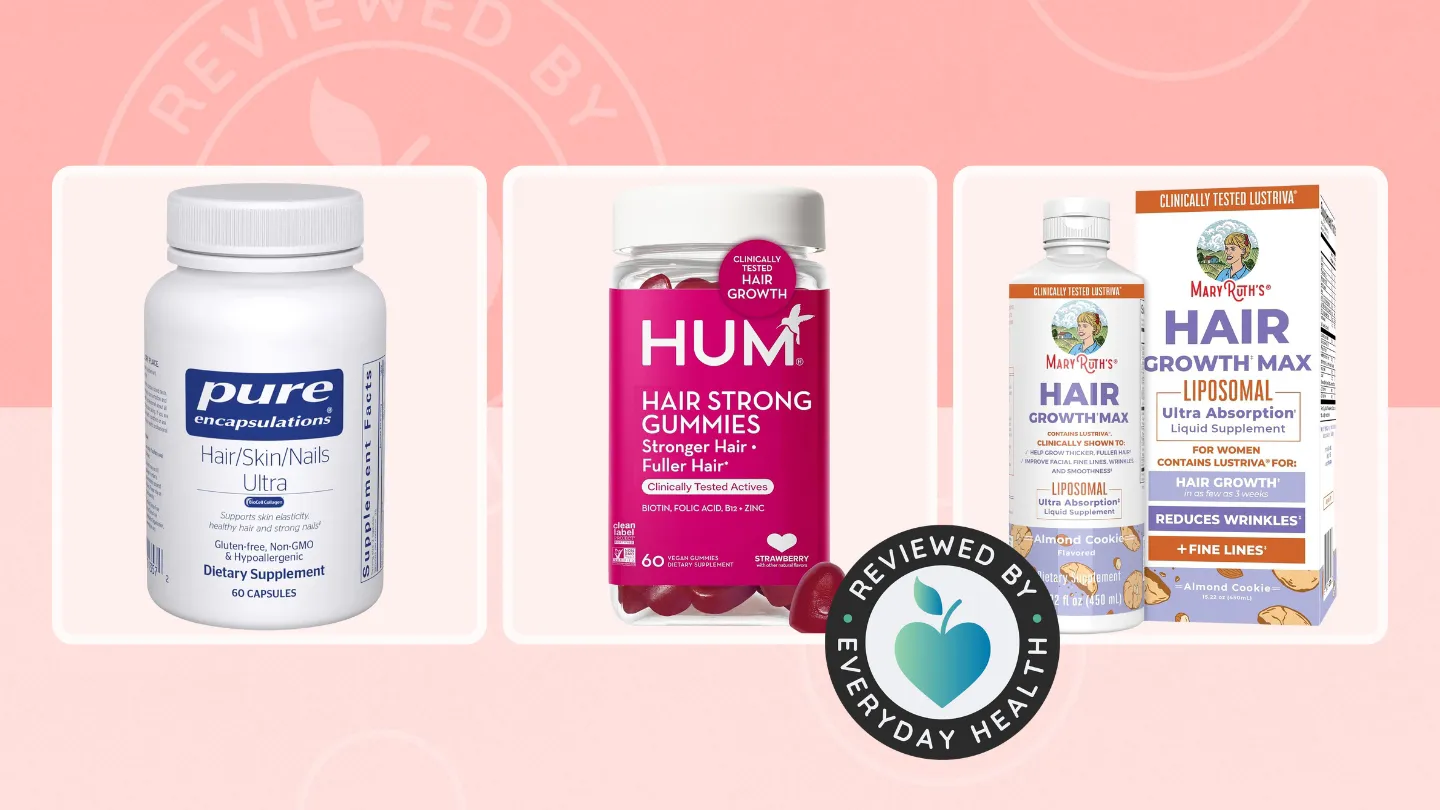Understanding the Connection Between Dark Skin and Vitamin D
Melanin is the pigment that gives skin its color. People with dark skin have higher levels of melanin. While melanin has protective benefits against sun damage, it also reduces the skin's ability to synthesize vitamin D from sunlight.
Some research indicates that dark-skinned individuals are at a greater risk for vitamin D deficiency compared to those with lighter skin. However, the right dietary choices can help promote healthy vitamin D levels people of all skin tones.
How Melanin Impacts Vitamin D Synthesis
Vitamin D is made in the body when sunlight hits the skin and triggers vitamin D synthesis. Melanin absorbs and competes for ultraviolet B (UVB) rays, filtering out much of the light necessary for this process.
One study found that people with dark brown skin may need 5-10 times more sunlight exposure to synthesize comparable vitamin D levels as those with pale skin.
However, extended UV exposure to maximize vitamin D comes with a heightened skin cancer risk for those with lighter skin pigmentation. Thus finding the right balance is key.
Research Findings on Vitamin D Levels in Dark Skin
Numerous studies show a high worldwide prevalence of low vitamin D levels among individuals with dark skin pigmentation living at northern latitudes.
One study found over 80% of dark-skinned people tested in the UK during winter and spring months had vitamin D deficiency. Another identified deficiency rates of around 40-80% for dark-skinned people in the US and Europe.
Top Vitamin D Rich Food Choices for Dark Skin
While UVB sunlight exposure is the primary natural source, vitamin D can also be obtained through certain foods. Incorporating these into your routine helps promote healthy levels.
Fatty Fish
Fatty fish varieties like salmon, mackerel, sardines, and tuna are among the best food sources. Just 3.5 ounces of cooked salmon contains around 80% of your recommended daily vitamin D.
Fish Liver Oils
Oils extracted from fish livers are exceptionally concentrated sources. Cod liver oil contains approximately 1,300 IU vitamin D per tablespoon more than six times your daily needs.
Egg Yolks
A large egg yolk provides roughly 40 IU vitamin D, or 10% of average daily requirements. Compared to whites, egg yolk contains much higher levels.
Fortified Dairy and Plant Milks
Many brands of cows milk and various plant-based milks have vitamin D added. Check the label and opt for fortified milk, soy milk, almond milk or oat milk.
Fortified Cereals and Oatmeal
Many common breakfast cereals and oatmeal have vitamin D added during manufacturing. Select fortified varieties and enjoy with vitamin D-rich milk for double benefits.
Mushrooms
Certain mushrooms generate vitamin D when exposed to additional UV light. Look for wild harvested mushrooms or verified UV-treated varieties highest in D.
Additional Vitamin D Boosting Tips for Dark Skin
When combined with a diet of vitamin D-rich foods, the following lifestyle approaches help establish and maintain healthy blood levels.
Responsible Sun Exposure
Get 10-15 minutes of midday sunlight exposure to uncovered arms, legs and back 2-3 times per week during summer. This sparks some conversion without substantially raising skin cancer risk.
Daily Vitamin D3 Supplements
High quality D3 supplements provide the same form produced in sunlight-exposed skin. They provide added insurance even in sunny locales. Adults need 1500-2000 IU vitamin D3 daily.
Vitamin K2 Supplements
Vitamin K2 works synergistically with D3 to activate proteins crucial for proper calcium metabolism throughout the body. Together, D3 and K2 better support skeletal, heart and artery health.
Testing Blood Levels
Get annual 25(OH)D blood tests to monitor status and adjust supplementation as needed to reach ideal levels between 40-60 ng/ml year-round.
Choosing Grass-Fed Meats and Dairy
Grass-fed animal products supply more complete nutrition for improved absorption and utilization of fat-soluble D3. They boltster overall vitality and health.
Probiotic Foods and Prebiotics
Gut-friendly prebiotic fibers nourish probiotic strains needed for full nutrient digestion and assimilation. Include things like yogurt, kefir, sauerkraut, garlic, onion, radishes, dandelion greens, chicory and burdock.
Overcoming Barriers to Achieving Optimal Vitamin D Levels
Certain obstacles faced predominantly by dark-skinned individuals can make attaining ideal vitamin D a greater challenge. Acknowledging and addressing them is key.
Genetic Predispositions
Data demonstrates certain genetic traits in those with highly pigmented skin can inhibit activation or metabolism of vitamin D obtained through sun, food or supplements.
Testing relevant DNA polymorphisms identifies genetically poor responders needing higher dosing. Nutritional workarounds also help overcome absorption issues related to ethnicity.
Socioeconomic Factors
Unfortunately, higher rates of poverty in some minority communities creates barriers to accessing vitamin D education, vitamin-rich food, testing and healthcare. Tackling tough social obstacles enables better access for all.
Cultural Influences
Some evidence suggests societal beauty standards promoting lighter skin tones as more attractive contributes to lower sunlight exposure in dark-skinned populations especially among women. Shiftng attitudes and empowering real beauty positively impacts behavior.
The Takeaway Promoting Adequate Vitamin D for All Skin Tones
While increased skin pigmentation poses added challenges to attaining ample vitamin D levels through sun exposure alone, smart lifestyle strategies address this. Vitamin D testing provides helpful feedback to personalize your plan.
Commit to shifting attitudes, expanding healthcare access, overcoming genetic hurdles and incorporating more vitamin D-rich foods daily. This comprehensive approach gives those with dark skin the best opportunity to enjoy vitamin D adequacy and vibrant wellbeing.
FAQs
Should dark-skinned people take vitamin D supplements?
Yes, most health experts recommend dark-skinned individuals take at least 1,000-2,000 IU of supplemental D3 daily alongside a healthy diet to ensure adequate blood levels, especially at northern latitudes.
What blood levels of vitamin D should darker skinned people aim for?
The Endocrine Society suggests levels of 30-60 ng/mL. However, aiming for 40-60 ng/mL provides an optimal range associated with lower risks for chronic diseases like heart disease, diabetes, and cancer.
How do you know if you have low vitamin D levels?
Symptoms may include frequent sickness, fatigue, bone/muscle aches or mood changes. Request a 25(OH)D blood test from your doctor to identify a possible deficiency indicated by results below 30 ng/mL.
Will using sunscreen worsen vitamin D deficiency in dark skin?
No, sunscreens allow adequate UVB light through to stimulate similar vitamin D synthesis across skin tones. Using SPF 30 allows wise sun exposure without substantially impacting vitamin D production when used in moderation.
Disclaimer: This article is for informational purposes only and does not constitute medical advice. Always consult with a healthcare professional before starting any new treatment regimen.
Related Coverage
Learn how getting enough vitamins like B12, D, iron, and antioxidants in your diet can help delay premature graying and maintain your natural hair color....
Liposomal vitamins and minerals deliver key nutrients that boost melanin production and prevent graying hair. Lifestyle changes further support hair pigment....
Does trazodone cause tardive dyskinesia? Learn about the rare risk, symptoms, diagnosis, and ways to manage abnormal mouth and face movements that arise from medication....
Learn how the three phases of the South Beach Diet work for weight loss, heart health and diabetes management. Understand the pros, cons and tips for following this popular diet successfully....
Recognize the signs of vitamin D deficiency and explore natural remedies to ensure optimal health for you and your children....
While melanin levels are lower in white skin tones, fair-skinned individuals still produce this pigment naturally. Genetics and sun exposure impact melanin production....
Apple cider vinegar is thought to help kill ear mites and balance skin pH levels. Learn how to use ACV topically and internally to help treat and repel ear mites in cats, dogs, and other pets....
Wondering if you still need vitamin D supplements when getting summer sun? Here's what to know about benefits, recommended intake, deficiency risk, and safety....
Frankincense, rosemary, lavender, tea tree, chamomile and other essential oils can help relieve diseases driven by chronic inflammation through antioxidant and anti-inflammatory effects....
Mosquitoes don't die from biting humans. We explain why mosquitoes bite, their lifespan after laying eggs, and whether smacking them really kills them....








